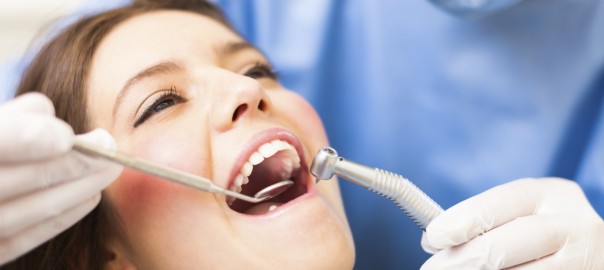Wisdom teeth can crowd valuable gum space and can cause third molars to grow improperly and teeth to overlap one another; for individuals with small mouths and jaws, this is especially detrimental. Wisdom tooth removal is a very common procedure performed on a majority of young adults and is nothing to be afraid of. To help clear up misconceptions, here is what you can expect from the removal process.
Consultation. If you are feeling the growing pains of new teeth coming in at the back of your jaw, it may be a sign your wisdom teeth are coming in. It is common for this set of teeth to erupt in young adults between one’s late teenage years to their early twenties.
Removal. The removal process will look a little different for everyone depending on the circumstances of tooth positioning, jaw size and the angle at which wisdom teeth come in. For some, this set of molars does not impact their jaw or existing teeth and they can safely retain them. Most people however do require removal and have two options:
IV Sedation. For those with dental anxiety or who are generally concerned about their procedure, IV sedation is a great option. Upon arrival, you are allowed a few minutes to breathe and relax as an IV drip slowly puts you to sleep. When the procedure is over, you will wake up and may experience a somewhat dazed feeling until the solution fades.
Nitrous Oxide. Commonly known as “laughing gas”, nitrous oxide allows one to remain awake during the procedure and is administered as a means of relaxing an individual into their procedure. It’s important to note that nitrous oxide does not work for everyone and that increased amounts do not necessarily mean a more effective result.
Recovery. Initial recovery from the effects of sedation or nitrous oxide after surgery typically only lasts a few hours. Healing time for the gums can take up to two weeks and the reintroduction of certain foods follow this period so as not to further disturb your gums. Your dentist will speak with you about proper cleaning methods for the gums to ensure a safe and effective healing process.
Wisdom tooth removal can be viewed as either a rite of passage into adulthood or terrifying for someone to go through. Either way, the removal of our wisdom teeth for those who attain them is important if they are causing problems for your oral health.
Aesthetic Advantage has state-of-the-art educational facilities that can help you take your career to the next level, call us at (212) 794.3552 for more information.
Aesthetic Advantage proudly serves New York, Atlanta, Florida, Chicago, Pennsylvania, Boston, Rhode Island, California, South Carolina and all surrounding areas.





